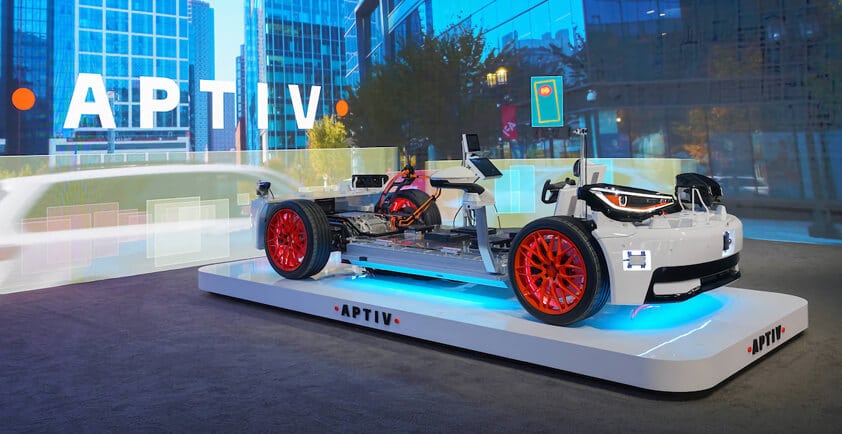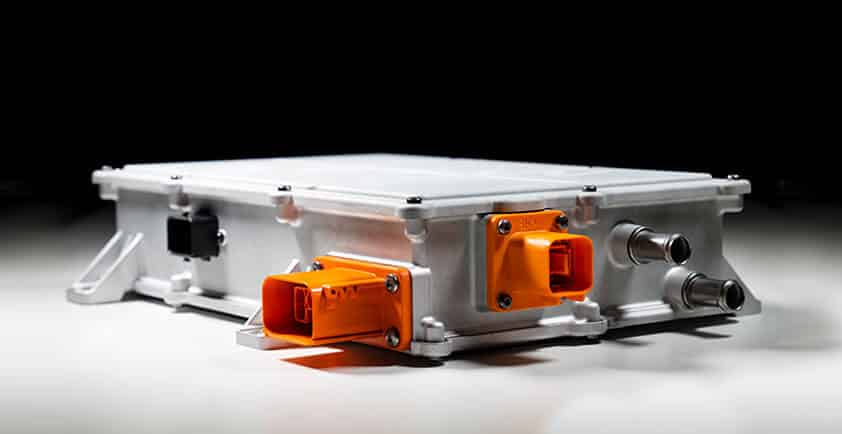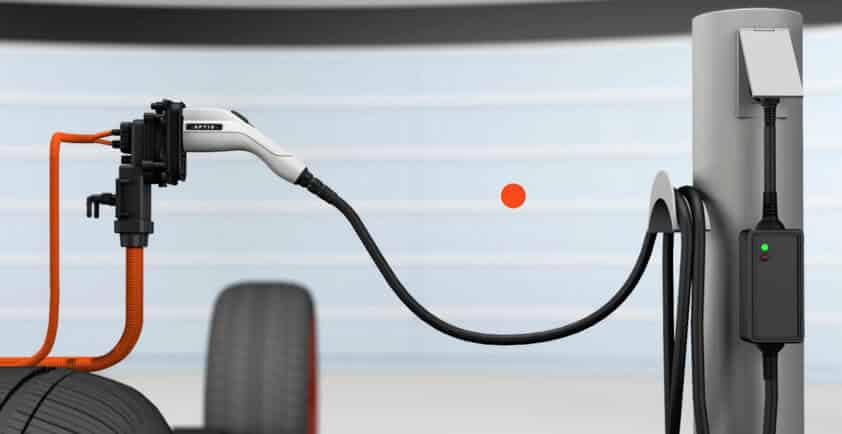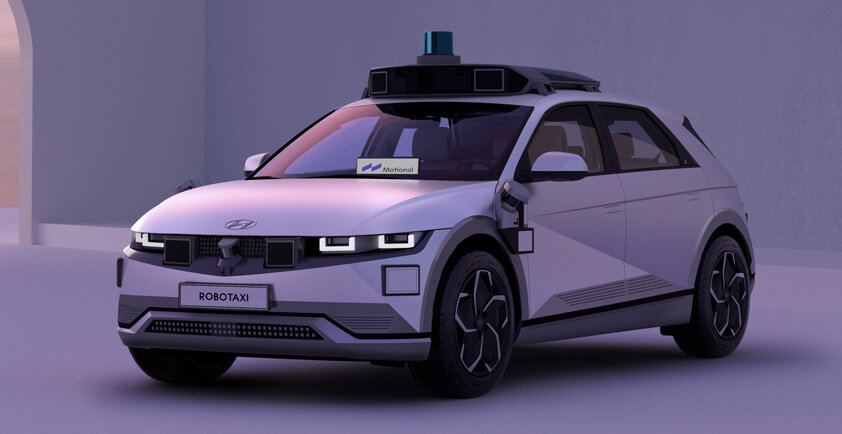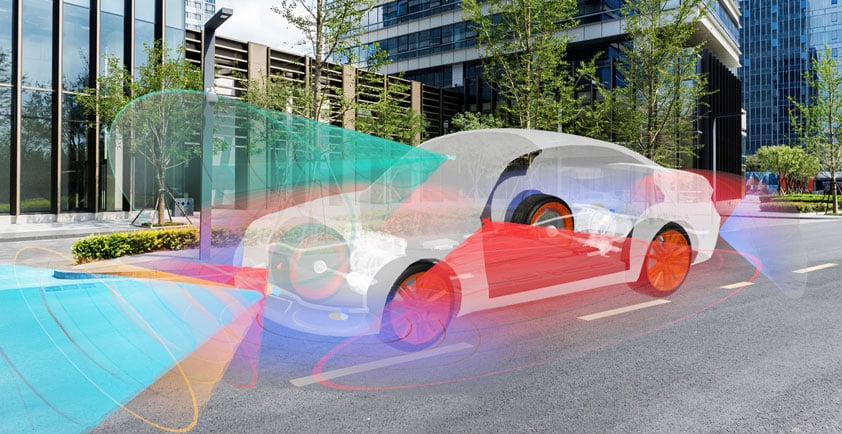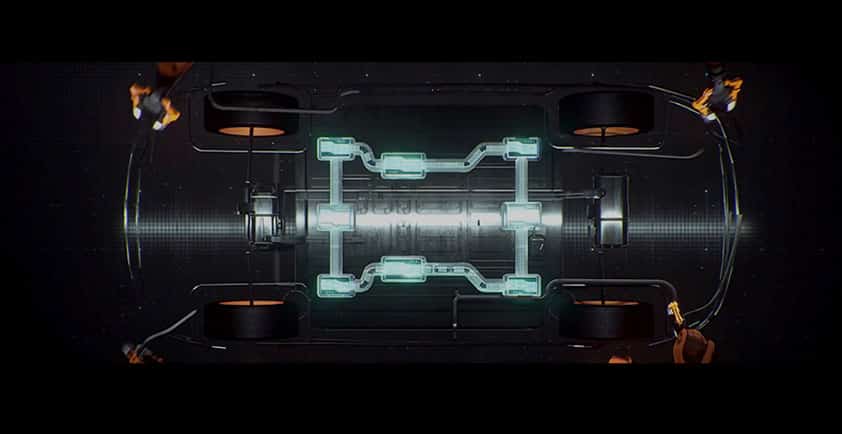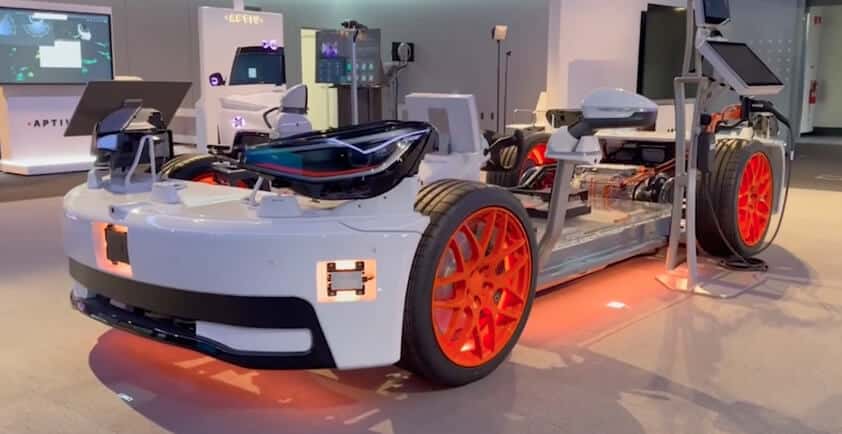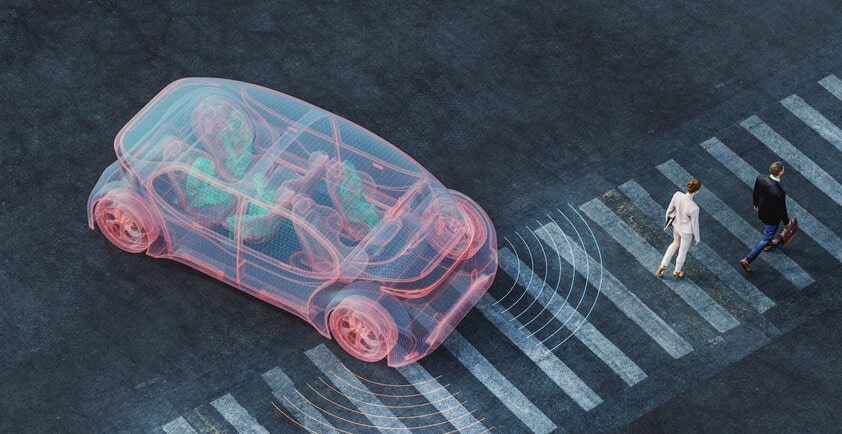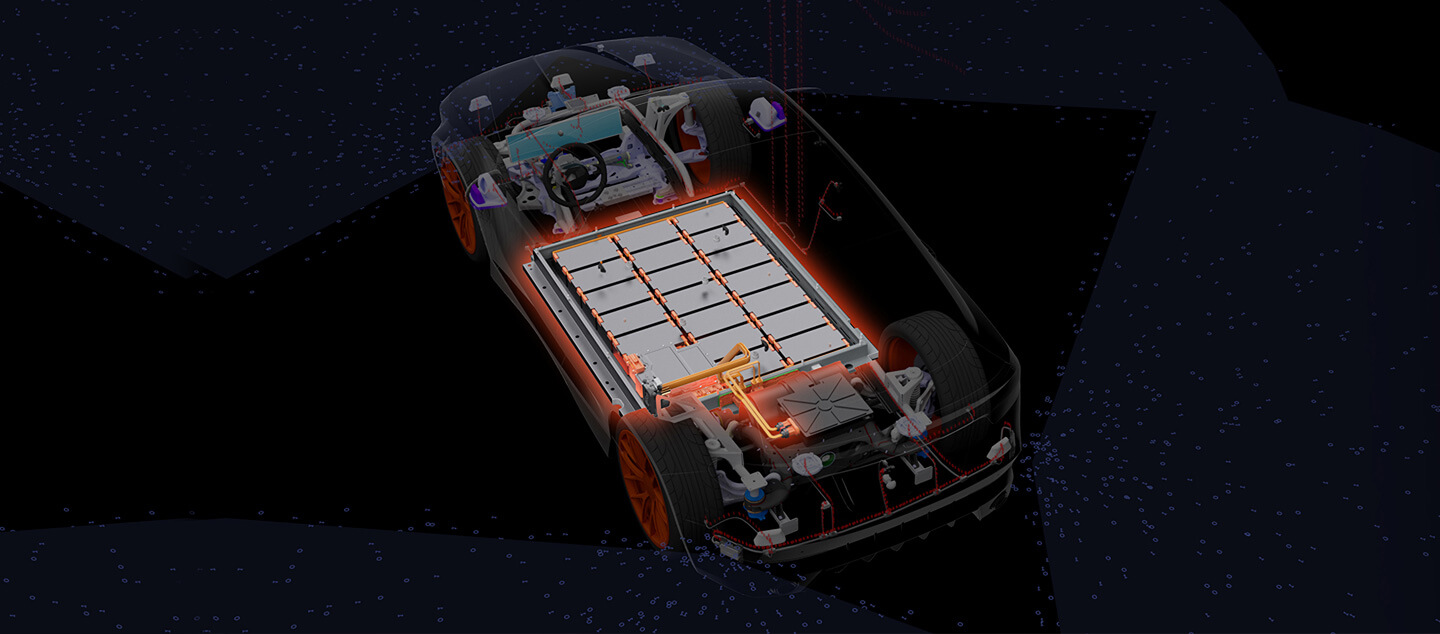
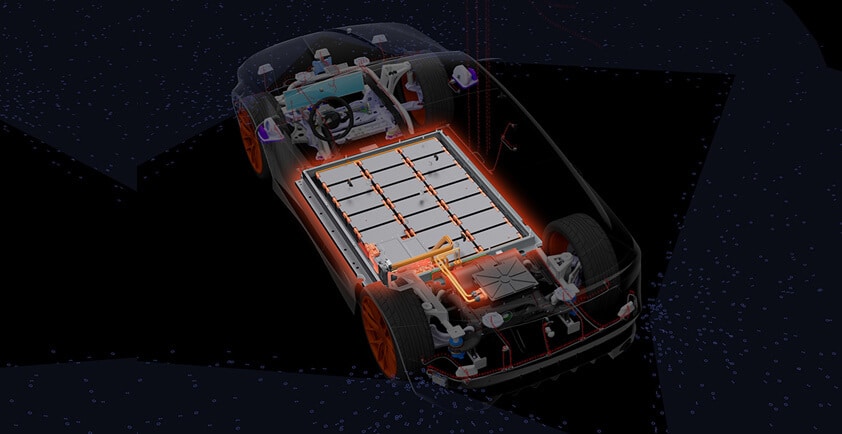
WHAT TO WATCH WHEN DESIGNING VEHICLE ARCHITECTURES FOR 800V
Consumers want fast charging that is, well, faster. Even those who primarily use their electric vehicles for commuting — and usually just charge their EVs slowly overnight — want the peace of mind of knowing that, if they needed to, they could use a DC fast-charging station to bring their battery’s state of charge to 80 percent in 15 minutes or less.
To meet that expectation, OEMs are increasingly looking at 800V vehicle architectures, and infrastructure providers are upgrading their charging networks to support them. But moving to 800V means approaching certain aspects of vehicle architecture a little differently.
The physics challenge
There are only two ways to get power into an EV more quickly when charging: by raising the current or raising the voltage.
Raise the current, and all the cables and connectors that carry the current in the vehicle will have to be enlarged to keep the resistance down. Heat generation is proportional to the square of the current, so sophisticated cooling techniques will have to be implemented as well. Increasing component size also increases weight, which affects vehicle range, and all of these factors increase material costs.
Raising the voltage, however, lowers the current required for the same power, so it has the opposite effect: Everything that carries the current can stay smaller and lighter, including the cables and connectors, the motors and the cordsets used to charge the vehicle.
Less power is lost to heat generation, so thermal management can be less robust, with cooling pumps, cooling compressors and radiators downsized.
For these reasons, increasing voltage is the most cost-effective way to increase the power going into and out of the battery.
At a certain point, raising the voltage is really the only option, because the size of the pin at the charging inlet is fixed and cannot be enlarged to accommodate a higher current.
Today, 400V architectures are standard. At a 150 kW fast-charging station delivering about 350A of current, theoretically it can take less than 30 minutes to bring the state of charge of a 60 kWh EV battery from 20 percent to 80 percent. The most straightforward way to reduce that charging time to 15 minutes or less is to simply double the voltage to 800V while maintaining the same current level, which brings the total power to 300 kW.
Design differences
To be sure, an 800V battery rarely operates at 800V exactly — it operates in a range from, say, 440V to 900V. The voltage range will depend on the number and type of cells in the battery and the number deployed in series. The battery’s voltage at any specific point in time will depend on its state of charge and will be higher when it is closer to full charge.
With a battery operating in that range, however, the complete charging harness and powertrain will have to be designed to handle 800V. That means distances between conductors, both along surfaces and through the air, will have to be greater to protect against arcing, which is more likely as voltages rise. In addition, insulation will have to be thicker, though its weight and cost is much less than the copper it protects.
Another consideration is the power electronics used to manage power flowing into and out of the battery. At 400V, silicon power devices can be used in the electronics, though they start to lose efficiency above that voltage level. At 800V, silicon carbide, a more expensive material, must be used to minimize losses.
The onboard charger will have to be designed to boost input from as low as 110V AC to match the 800V of the battery. Similarly, when only 400V DC fast-charging systems are available, a DC-to-DC converter will have to boost the input to match the 800V of the battery.
To handle the wide variations in voltage at the battery, the power electronic devices must communicate with the battery management software to define the desired voltage set point and current charge/discharge capacity, then convert power input in real time using nanosecond control techniques. These controls ensure safe and highly efficient power conversion despite voltage transients as high as 1000V.
The trade-off
With those architectural design changes, OEMs will be able to double their vehicles’ charging rates while managing system costs. In addition, at 800V, their batteries will be better positioned to deliver more continuous high power, giving vehicles the ability to handle several consecutive high-speed accelerations more easily.
Aptiv is well positioned to help OEMs along that journey, offering solutions optimized for 800V applications. With expertise spanning battery management software, power electronics, high-voltage connection systems, busbar technologies and much more, Aptiv’s perspective on electrical and electronic architecture — at any voltage — is unmatched in the industry.
